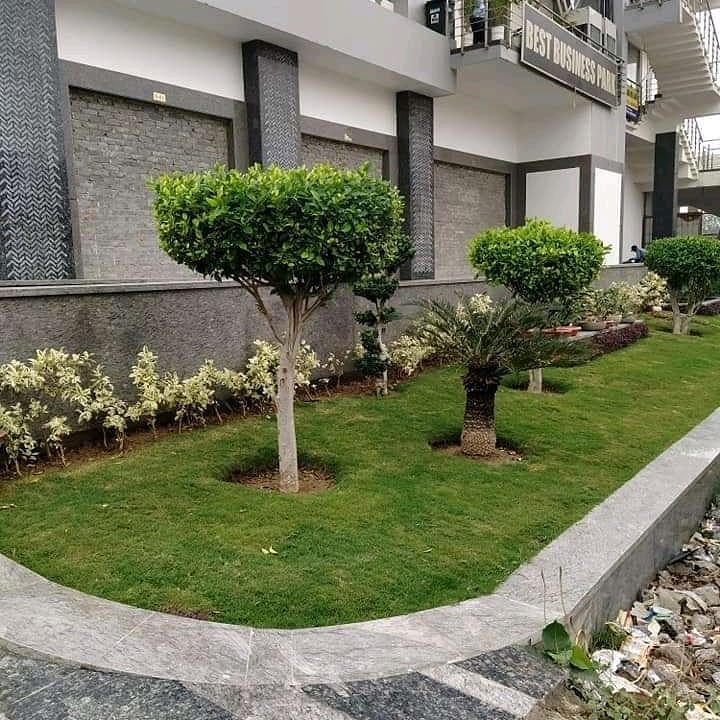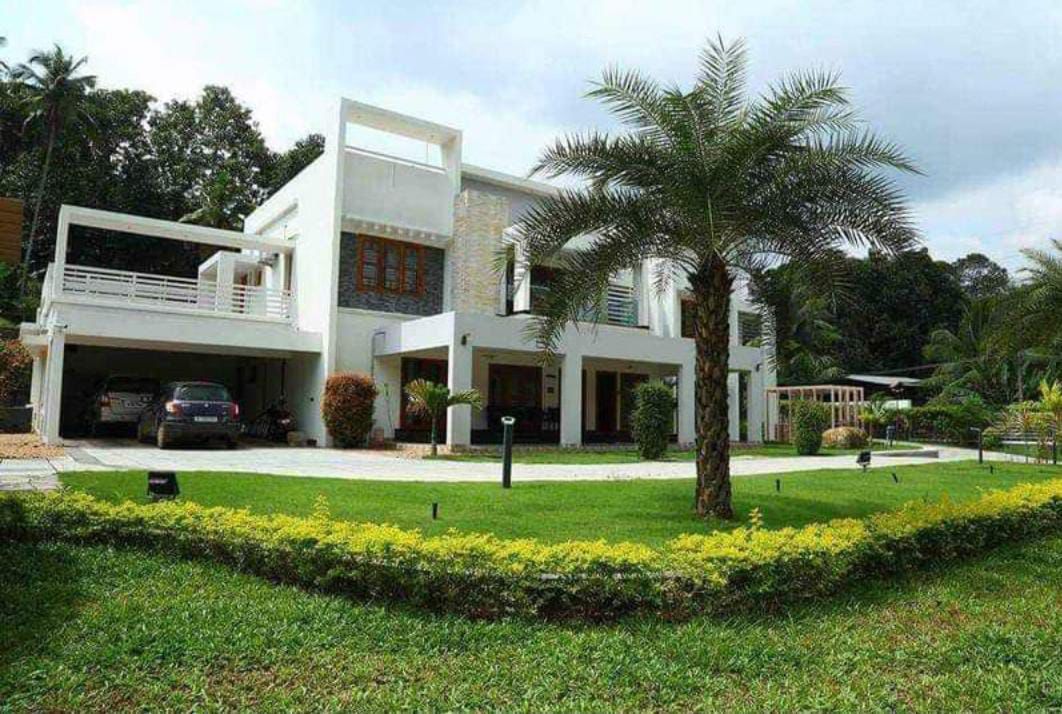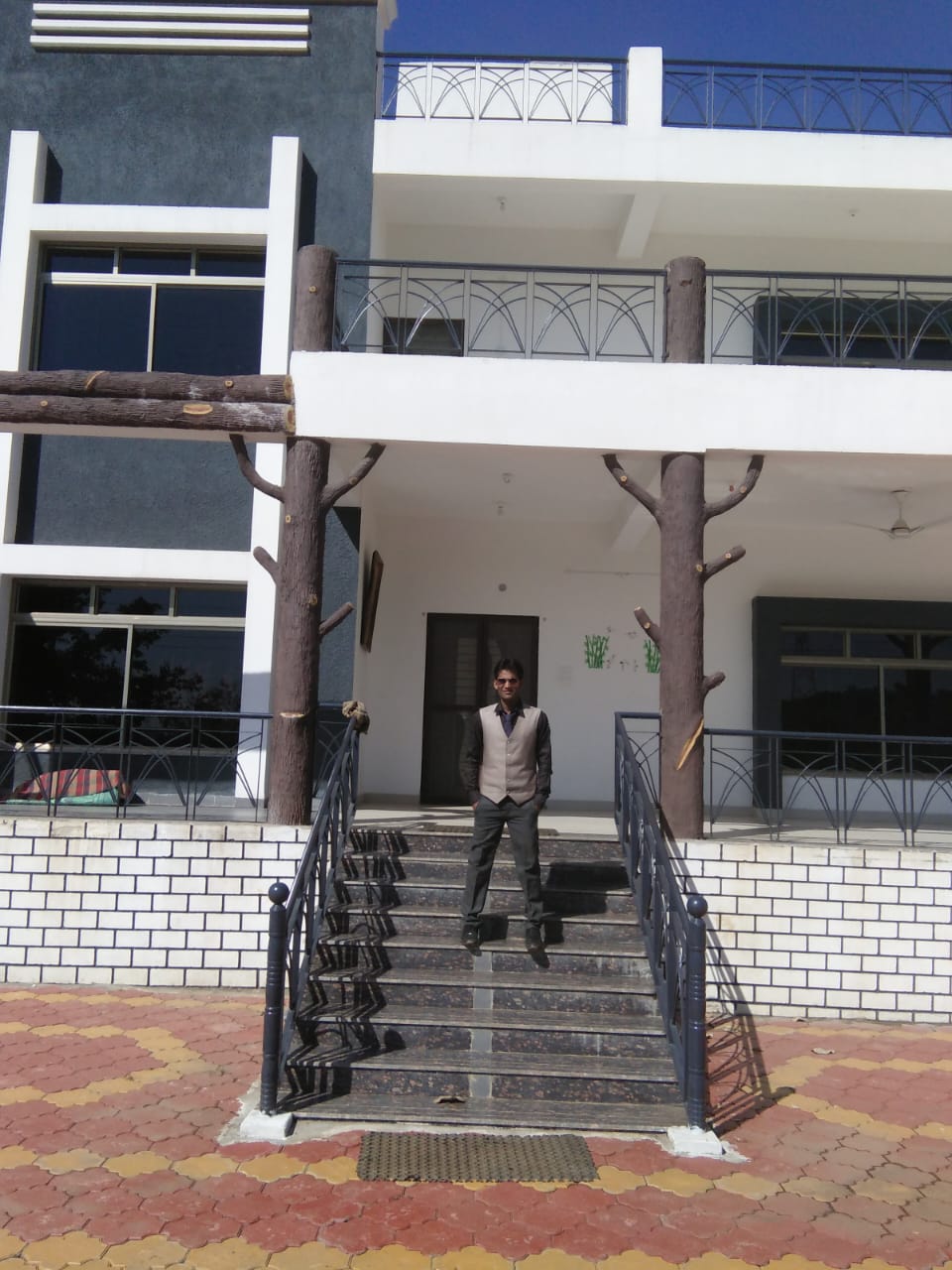Farm House
1. Design and Layout
a. ** Greenhouse or Nursery Area:
- Climate Control: Ensure proper ventilation, heating, and cooling systems to manage the growing environment.
- Lighting: Install grow lights if natural light is insufficient.
b. ** Storage and Workspace:
- Potting Area: Dedicated space for potting and repotting plants.
- Tools and Supplies Storage: Shelves or cabinets for fertilizers, tools, and other nursery supplies.
c. ** Watering System:
- Irrigation: Install a reliable watering system, such as drip irrigation or overhead sprinklers.
- Water Storage: Rainwater harvesting systems or large water tanks can be useful.
d. ** Growing Areas:
- Beds or Tables: Raised beds or tables can make planting and maintenance easier.
- Seedling Stations: Areas designated for starting seeds and nurturing young plants.
2. Infrastructure
a. ** Shelter:
- Insulated Buildings: Protect plants from extreme temperatures.
- Shade Structures: Provide shade to prevent overheating or sunburn.
b. ** Soil and Media Preparation:
- Mixing Area: Space for mixing soil or growing media.
- Composting Area: A place for composting organic materials.
c. ** Pest and Disease Management:
- Integrated Pest Management (IPM): Implement IPM strategies to keep pests and diseases in check.
- Quarantine Area: Separate space for isolating new or infected plants.
3. Operational Considerations
a. ** Staffing:
- Labor: Plan for the number of staff needed for daily operations and maintenance.
b. ** Record-Keeping:
- Tracking Growth: Keep records of planting dates, growth stages, and other important metrics.
- Inventory Management: Track supplies, seeds, and other materials.
c. ** Sustainability:
- Energy Efficiency: Use energy-efficient lighting and heating systems.
- Water Conservation: Implement water-saving techniques and recycle water where possible.
d. ** Accessibility:
- Pathways: Design pathways for easy movement around the nursery.
- Loading and Unloading Areas: Convenient areas for receiving and shipping plants.
4. Health and Safety
a. ** Personal Protective Equipment (PPE): Ensure staff have appropriate PPE for handling plants and chemicals. b. ** Safety Procedures: Develop procedures for handling pesticides, fertilizers, and other potentially hazardous materials.
5. Community and Educational Opportunities
a. ** Workshops and Tours: Consider offering educational workshops or tours to engage with the community and share knowledge about nursery management.

.jpeg)



